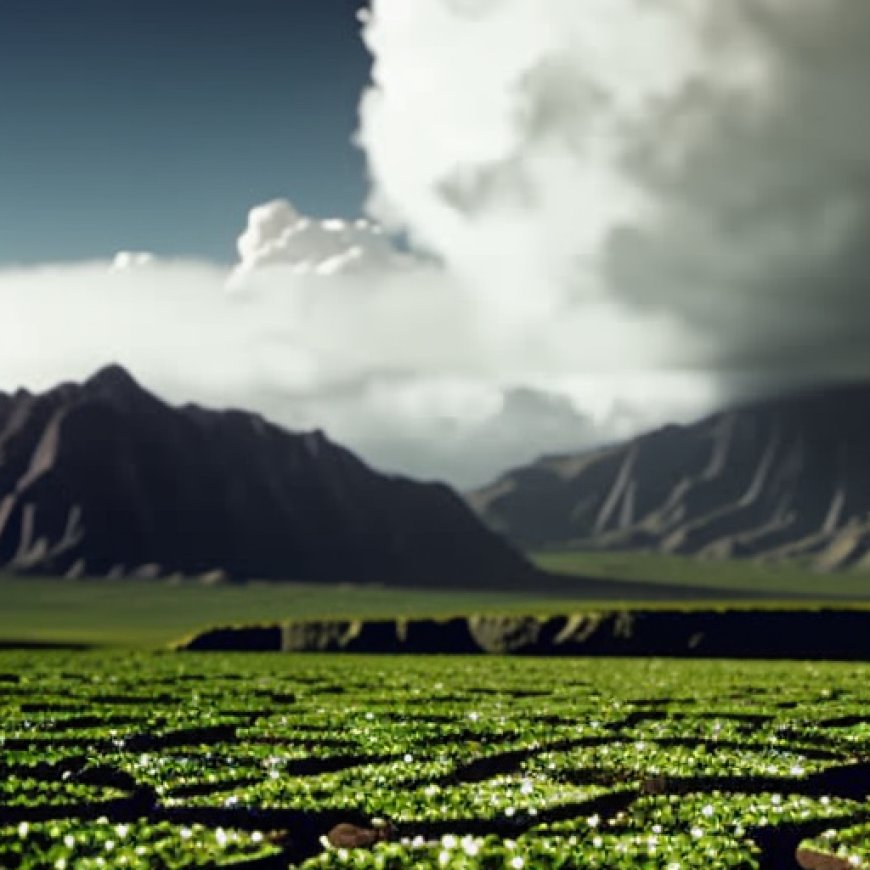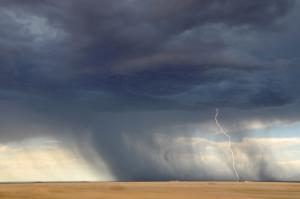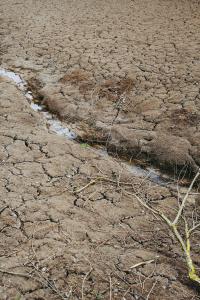Mānoa: Increased heavy rains, drought caused by human-induced climate change
Mānoa: Increased heavy rains, drought caused by human-induced ... University of Hawaii


University of Hawaiʻi at Mānoa
Contact:
Using Machine Learning to Understand the Impact of Climate Change on Rainfall Patterns
An international team of researchers, including two from the University of Hawaiʻi at Mānoa, has utilized machine learning to analyze the effects of human-produced carbon dioxide emissions and climate change on rainfall fluctuations. The study, published in Nature, highlights the importance of addressing these issues in order to achieve the Sustainable Development Goals (SDGs).
Analyzing Daily Precipitation Patterns
The research team developed a deep learning model to examine the relationship between global warming intensity and daily rainfall patterns. By applying this model to satellite-based rainfall observations, they discovered that more than 50% of all days since the mid-2010s exhibited a clear deviation from natural variability in daily precipitation. This deviation is attributed to human-induced global warming.
Implications for Sustainable Development
The findings of this study demonstrate that the impact of global warming on daily rainfall variability is already evident in the tropical eastern Pacific and the mid-latitudes. This increased variability poses a greater risk of extreme weather events such as heavy rainfall, droughts, flooding, and wildfires. These hazards have significant implications for achieving the SDGs, particularly Goal 13 (Climate Action) and Goal 15 (Life on Land).
While long-term shifts in annual average rainfall remain difficult to discern from natural variability, it is crucial to acknowledge and address the emerging impact of global warming on daily fluctuations. This is especially relevant for regions like the eastern U.S., Canada, and the Hawaiian Islands. In order to mitigate these effects and guide local adaptation measures, further research is needed to understand the detailed changes in rainfall extremes on small regional scales.
By reducing carbon dioxide emissions and investing in research and adaptation strategies, we can work towards achieving the SDGs and ensuring a sustainable future for our planet.
SDGs, Targets, and Indicators
-
SDG 13: Climate Action
- Target 13.1: Strengthen resilience and adaptive capacity to climate-related hazards and natural disasters
- Target 13.2: Integrate climate change measures into national policies, strategies, and planning
- Target 13.3: Improve education, awareness-raising, and human and institutional capacity on climate change mitigation, adaptation, impact reduction, and early warning
- Target 13.b: Promote mechanisms for raising capacity for effective climate change-related planning and management in least developed countries and small island developing States
The article discusses the impact of human-produced carbon dioxide emissions and climate change on rainfall fluctuations. This directly relates to SDG 13, which focuses on taking urgent action to combat climate change and its impacts.
-
SDG 6: Clean Water and Sanitation
- Target 6.4: By 2030, substantially increase water-use efficiency across all sectors and ensure sustainable withdrawals and supply of freshwater to address water scarcity
- Target 6.6: By 2020, protect and restore water-related ecosystems, including mountains, forests, wetlands, rivers, aquifers, and lakes
The increased variability in precipitation due to global warming mentioned in the article can have implications for water availability and water-related ecosystems. Therefore, SDG 6, which focuses on ensuring availability and sustainable management of water and sanitation for all, is relevant.
SDGs, Targets, and Indicators
| SDGs | Targets | Indicators |
|---|---|---|
| SDG 13: Climate Action | Target 13.1: Strengthen resilience and adaptive capacity to climate-related hazards and natural disasters | The increased variability in precipitation due to global warming increases the risk of hazards such as flooding, droughts, and wildfires. |
| SDG 13: Climate Action | Target 13.2: Integrate climate change measures into national policies, strategies, and planning | More research is needed to better understand the detailed changes in rainfall extremes on small regional scales to guide local adaptation measures. |
| SDG 6: Clean Water and Sanitation | Target 6.4: By 2030, substantially increase water-use efficiency across all sectors and ensure sustainable withdrawals and supply of freshwater to address water scarcity | The impact of rainfall fluctuations on water availability can have implications for water-use efficiency and addressing water scarcity. |
| SDG 6: Clean Water and Sanitation | Target 6.6: By 2020, protect and restore water-related ecosystems, including mountains, forests, wetlands, rivers, aquifers, and lakes | The impact of rainfall fluctuations on water-related ecosystems, such as rivers and wetlands, needs to be considered. |
Behold! This splendid article springs forth from the wellspring of knowledge, shaped by a wondrous proprietary AI technology that delved into a vast ocean of data, illuminating the path towards the Sustainable Development Goals. Remember that all rights are reserved by SDG Investors LLC, empowering us to champion progress together.
Source: hawaii.edu

Join us, as fellow seekers of change, on a transformative journey at https://sdgtalks.ai/welcome, where you can become a member and actively contribute to shaping a brighter future.









